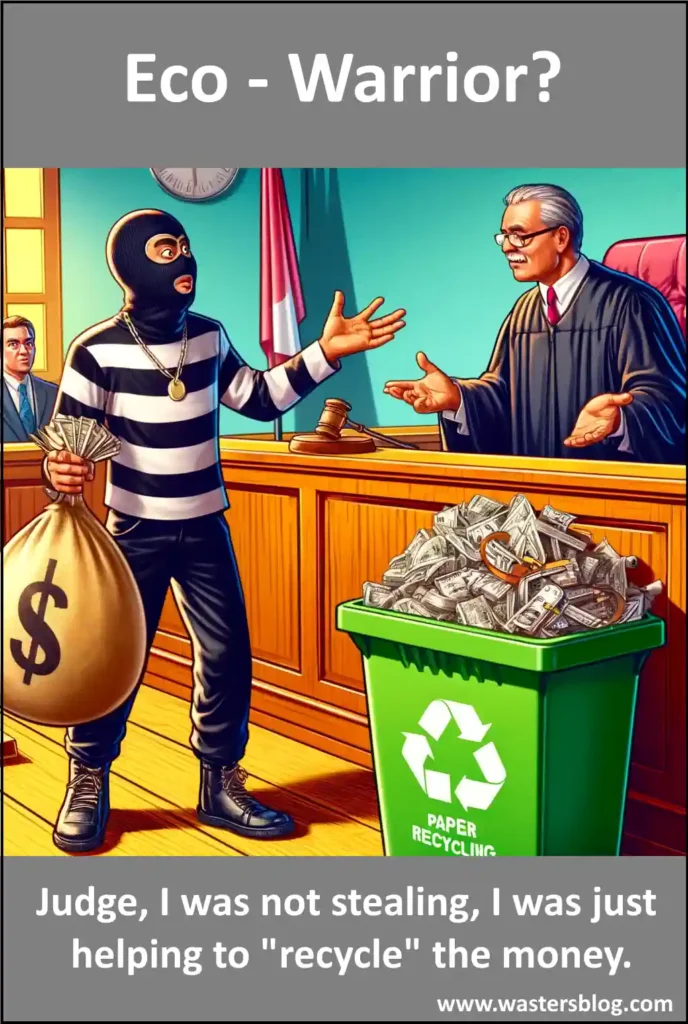A Dive into Sustainable Waste Management
Hello, Eco-Aces!
As we strive for a more sustainable future, one of the key battles we face is managing what we commonly refer to as "waste." But what really is waste? And at what point does something cease to be waste and transform back into a useful resource? Today, I want to explore the legal definition of waste and how this understanding can revolutionize our approach to sustainability.
What is Waste?
Legally, the definition of waste is not just about identifying what is thrown away but understanding when a material can no longer be reused for its original purpose without additional processing. This definition is crucial because it helps dictate not only environmental policy but also recycling practices and recovery efforts across the globe.
The Journey of Waste Management
Waste management is an intricate process that involves selecting the most benefical: recovery, reuse, recycling, and disposal.
Each option should be selected to minimize the impact on the environment and maximize the potential reuse of materials. But having performed a process on a waste, how do we decide when something is no longer waste, and the restrictive regime of waste regulations no longer apply?
Usually, there will be little value in the output until it can be classified as a product.
This is where the concept of the "end of waste" criteria comes into play.
This is where the concept of the "end of waste" criteria comes into play.
The End of Waste Criteria
When materials meet specific conditions for safety and usability, they reach what is known as the "end of waste" stage you will need to visit the regulatory authority's website and read their guidance known as the "end of waste criteria". This means the method by which you can judge the output will be no longer considered waste and can be reintegrated into the market as valuable resources.
This transition is pivotal because it helps reduce landfill use, conserves natural resources, and promotes economic efficiency through the recycling of materials.
Often it will be necessary to talk to your local regulatory officer to be sure that your interpretation of waste status is correct, especially if there is no specific waiver listed.
Real-World Examples
Consider old chairs that are reused in community centres or ash from power stations used in construction.
These items do not count as waste either because they're being reused effectively, in the case of ash from power stations the producer will operate under a permit or permit exemption, as long as the producer carries out the specified quality controls for the product.
Such examples highlight how rethinking waste can lead to innovative and sustainable practices.
Why It Matters
Understanding the legal nuances of waste is more than academic—it's a legal requirement and a prosecution would be a criminal offence. It influences business practices, everywhere.
By educating ourselves about these definitions, we can all play a part in complying with waste law and reducing our environmental footprint.
Let’s Dive Deeper
For those interested in a more thorough exploration of this topic, I've written a detailed article that delves deeper into the legal nuances of waste management. Check it out here and let me know what you think: https://wastersblog.com/721/the-legal-definition-of-waste/
Join the Conversation
I'd love to hear your thoughts on this topic! What are some ways you manage waste in your daily life? Have you seen innovative recycling or recovery initiatives in your community? Share your stories and suggestions in the comments below. Let’s use this platform to exchange ideas and inspire each other towards more sustainable practices.
Thanks for tuning in, and don't forget to share this post with others who might be interested in making their waste management more effective and sustainable!

















0 Comments